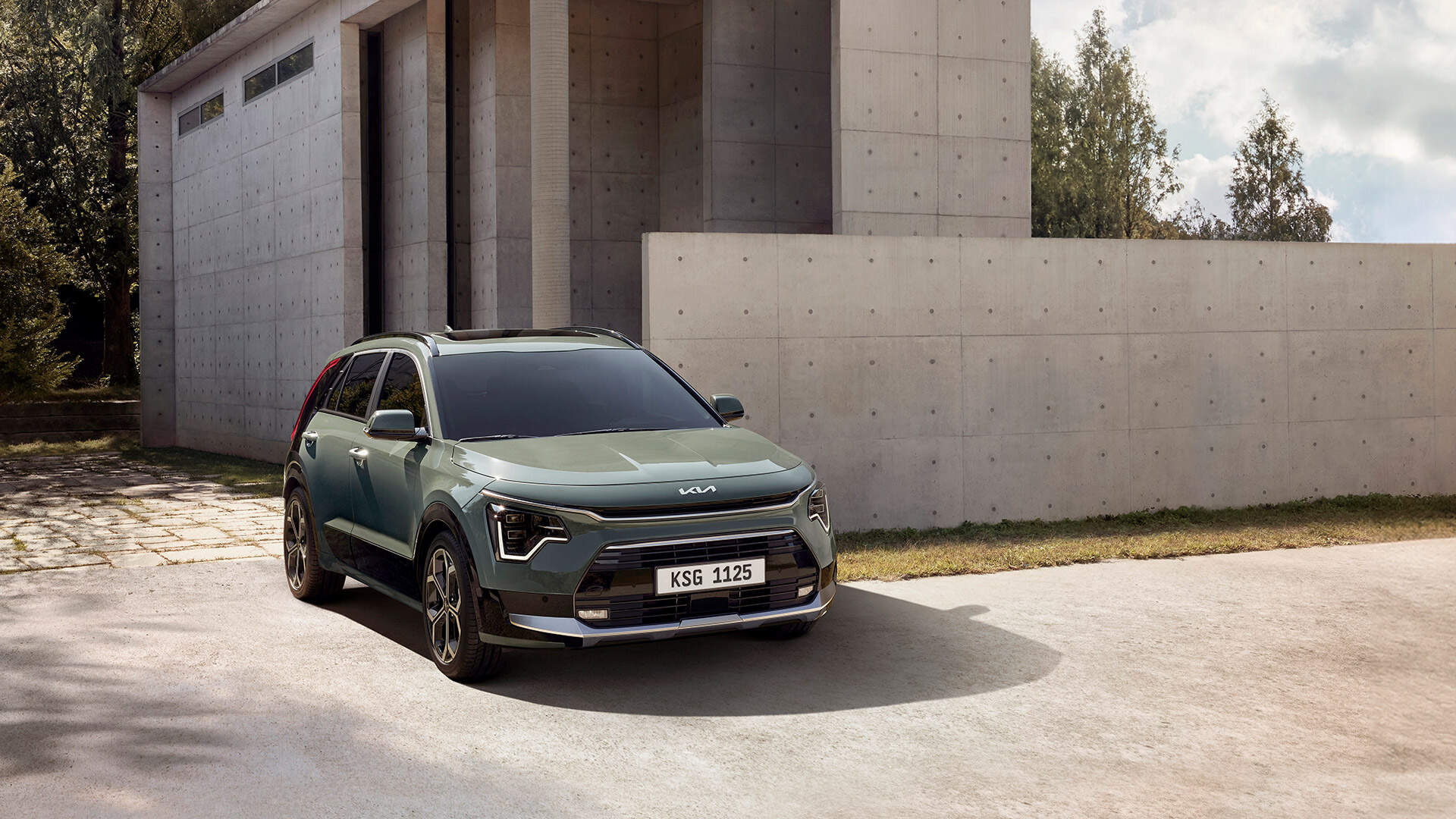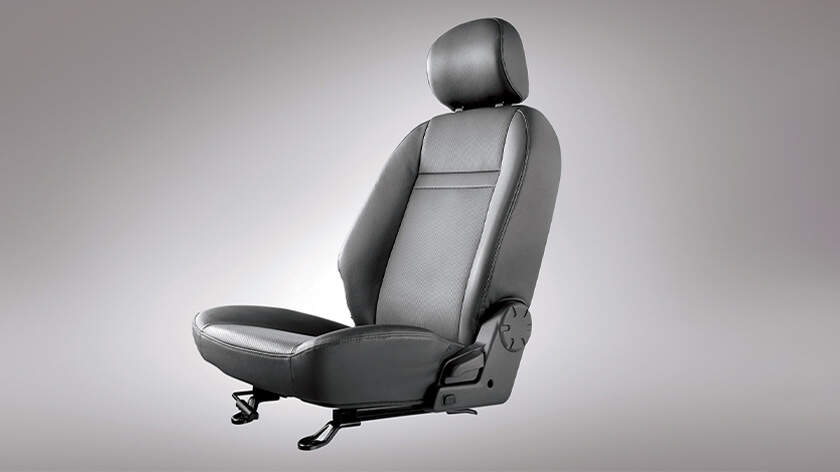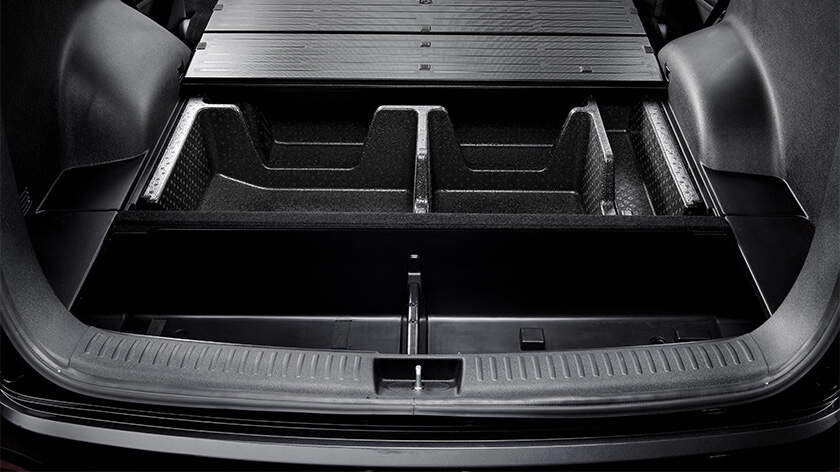open menu
Parts & Accessories

Kia Genuine Parts
Not all parts are created equal
Why Kia Genuine Parts?
Environment and Sustainability
Kia is committed to sustainability and eco-friendliness in all aspects of our products, including using recycled materials and renewable energy in the production of even the smallest parts. By choosing Kia Genuine Parts, you can support our mission for a more sustainable future.

Sustainable Future with Kia's Innovative Eco-friendly Materials
Kia is strongly committed to sustainable mobility by integrating eco-friendly materials into their vehicles, as seen in the EV6 and Niro EV models featuring door pockets and auxiliary mats made from recycled plastic, Nappa leather seats produced sustainably using flaxseed extract, biosynthetic leather made from eucalyptus vegetable ingredients, and more.
Kia's future plans include completely phasing out the use of leather in all future products, starting with the EV9. In addition, Kia is dedicated to using bio-polyurethane made from natural ingredients like corn and eucalyptus, instead of animal skins and PVC, to reduce carbon dioxide emissions and toxic chemicals. By 2030, Kia aims to have 20% of plastic parts in their cars made from recycled plastic.
Kia's future plans include completely phasing out the use of leather in all future products, starting with the EV9. In addition, Kia is dedicated to using bio-polyurethane made from natural ingredients like corn and eucalyptus, instead of animal skins and PVC, to reduce carbon dioxide emissions and toxic chemicals. By 2030, Kia aims to have 20% of plastic parts in their cars made from recycled plastic.
More Support is Available

















